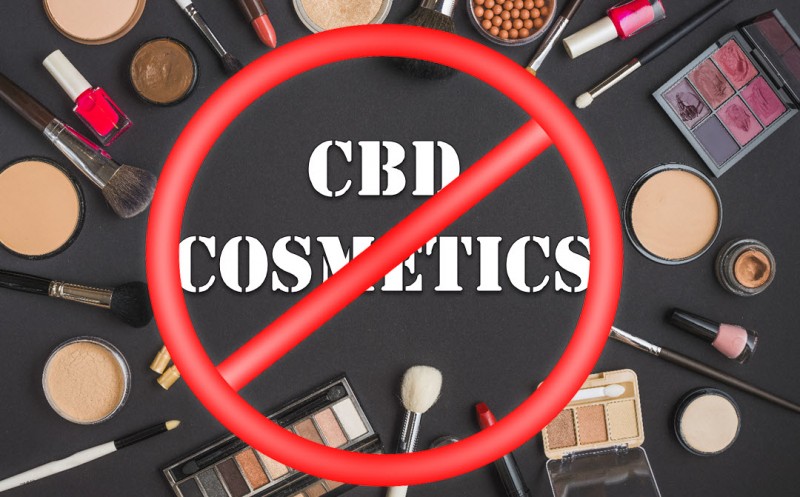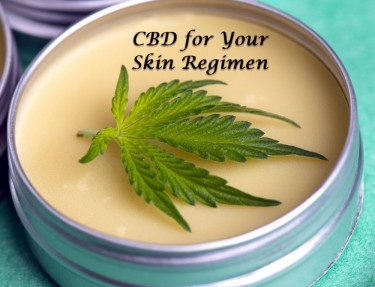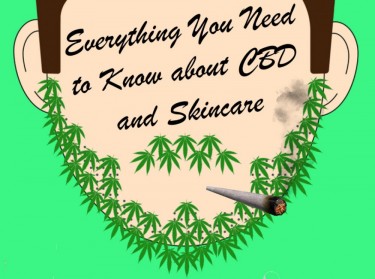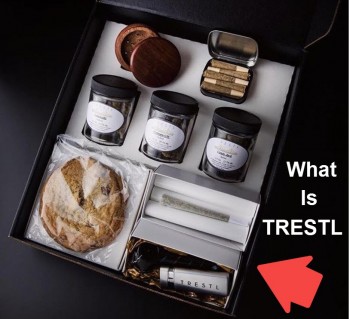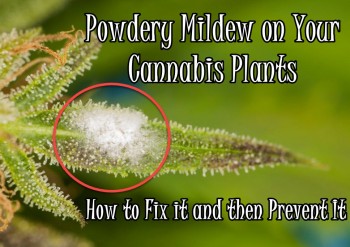Why Did California Quietly Ban CBD Cosmetics?
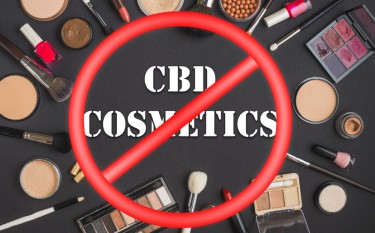
Cannabidiol (CBD) in cosmetics has been making a buzz over the last few years. Though CBD is widely consumed in food and drink, using it in skin products including cosmetics has substantial benefits especially in fighting inflammation and common skin problems.
As a result, customers are demanding more CBD cosmetics and brands have responded. In fact, the CBD cosmetics market is expected to grow as much as $3 billion from 2020-2024. However, the state of California isn’t a big fan of this market. Back in 2018, the California Department of Health (CDPH) released an FAQ saying that hemp-derived CBD can’t be added to any consumable product whether it’s dietary supplements, food, or beverages. Its stance towards cosmetics was vague as best, but the state still has authority over the cosmetics industry according to Sherman’s Law.
By January 2021, the CDPH quietly released a new FAQ stating that CBD is considered an adulterant both in cosmetics and food. The new FAQ read: “California’s Sherman Food and Drug Law provides that any food (which includes beverages and pet food) is adulterated if it is, bears, or contains any food additive that is unapproved, and that a cosmetic (which includes lotion and salves) is adulterated if it bears or contains any poisonous or deleterious substance that may render it injurious to users under the conditions of use prescribed in the labeling or advertisement of the cosmetic, or under conditions of use as are customary or usual.
Hulled hemp seed, hemp seed protein, and hemp seed oil are the only components of hemp that are GRAS and allowed in food. CBD derived from hemp or any other source is currently not allowed in any of the items regulated by the Food and Drug Branch of the California Department of Public Health, including foods, drugs, and cosmetics.”
Soon after, other agencies including the Los Angeles County Department of Public Health published their own statements which made it clear they were supporting the CDPH’s position on the matter.
What the CDPH actually did was forego the standard process and went on to ban hemp-derived consumable items. And their new law makes it even stricter than that of the FDA when it comes to CBD cosmetics.
Why California?
California alone is home to the biggest legal cannabis market in the world, yet their stance towards hemp is so backwards.
It was back in 2018 when the Farm Bill was passed, which should have enabled the growth of numerous hemp-based CBD companies most especially in California. But there seems to be major obstacles stopping them from growing and it’s mostly because of the California Department of Public Health, still. They want to enforce their belief that allowing CBD in retail sales as a food additive or dietary supplement is against the law. Of course, those in the hemp industry think this is the wrong move but without any further corrections from the CDPH, the damage continues to go on.
Because of the CDPH, sales of CBD infused products in California have been extremely low and in some cases, local enforcement has gone after some hemp manufacturers and retailers. It didn't matter if the CBD cosmetics were in branded plastic or 3.5 gram bags, the legal tone was set and CBD in skin products were a no-no.
The pandemic is causing serious economic problems, and it’s up to mature markets like California to help push the rest of the industry and the country out of its sorry state. Local governments need fresh sources of income for budgets, and millions of Californians are still out of work.
The solution? The hemp industry, which has everything we could possibly need to boost the economy. But it can’t be made possible without regulatory clarity. What the CDPH did only continues to make consumers confused while stalling opportunities of growth in the hemp industry all throughout. Other states like Florida, Texas, and Ohio have already passed laws that clearly allow the retail sales of hemp-derived CBD.
Here’s what the CDPH really needs to understand: First of all, a regulated hemp market is a completely new industry which means it will take years, maybe even decades to build. The hemp industry has already gotten one foot in the door, clearly with the demand for CBD cosmetics and many other hemp-based CBD consumables. While other industries will struggle with the pandemic getting their business rhythm back in place, the hemp industry already has the capacity to provide new jobs in a wide array of specialties including retail, cultivation, manufacturing, testing, and distribution among others.
The Value of the CBD Cosmetics Market
California is completely missing out on the potential profits from the CBD-infused cosmetics industry. This market is forecast to reach as much as $1.7 billion by 2025, based on a report by Million Insights. They add that they see a 32.9% CAGR from 2019 to 2025, and they attribute the massive growth to the growing awareness surrounding the benefits of CBD on the skin.
They point to the European Union, where 2018 saw a 62% market share because of its high fatty acid content, helping alleviate damaged and dull skin. They find that there is already a large demand in North America, and in 2018 this market made up 40% of the market share.
Sephora has already launched a devoted webpage on their site for CBD cosmetics, as well as a devoted area to it in their shops. A great deal of the key players in cosmetics, including L’Oreal, Estee Lauder, and Unilever are soon going to launch CBD products. All these and more are going to boost the market, and California is not going to be able to reap the benefits until the CDPH wakes up.
CBD SKIN LOTIONS AND CREAMS, READ THESE...
CBD FOR SKIN CARE REGIME AND DAILY USAGE, READ OUR TIPS!
OR..
CBD FOR SKINCARE AND MEN'S AFTER SHAVE, WHAT YOU NEED TO KNOW!

